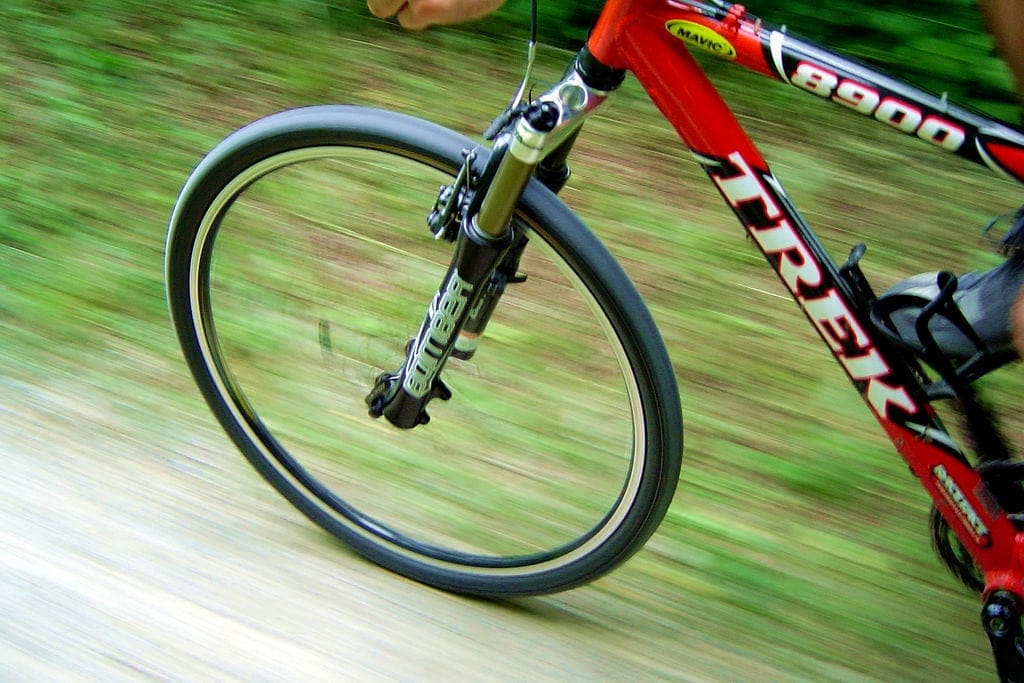Speed’s great, isn’t it? I don’t know if this will happen to you too, but I like to capture speed through my camera lens, the typical quick action that happens before your eyes in 3, 2 seconds or even less than a second. Holding it, every time I take a picture of something moving fast, a lot of very addictive adrenaline runs through my brain.
Many blog readers have asked me through comments in previous articles what kind of camera to use to capture high-speed photos and while it is true that the camera and its features are very decisive, I have ALWAYS said that the way we use this camera greatly influences the final result, the sharpness of our photo.
- Well.
- Without further ado.
- I reveal the formula that any photographer who cares (professional or amateur) must follow to take extremely sharp and clear photographs of moving objects and subjects.
On the one hand we have the camera settings that you have to put as follows, it is always advisable to use the manual camera wheel mode to control all the settings as you wish:
We have to adjust the shutter speed of our camera at a very high speed, we can test with 1/500, if we see that it does not work very well we try with 1/1000, if it does not work we increase the speed to 1/2000, and therefore we get to find the optimal point.
Applying the previous point, we will notice that the photo is getting darker and darker, to combat this we will change the camera settings to a large aperture to allow enough light to enter. The aperture / diaphragm is expressed with the f / value, a value that the smaller the aperture, the larger the aperture and the more light will enter. For example, f / 3. 5 means a sufficiently large aperture and therefore enough light will enter, but if the photo always comes out dark, we will continue to reduce the f / value (within the limits of the possibilities that our camera allows us). A value f / 1. 8 will offer much more light to our photo.
Careful, the aperture/diagram also affects depth of field, a very large aperture (f/very low value) will cause us to have a very low depth of field and therefore the revealed object will be VERY sharp and the background very blurry.
Between point 1 and point 2, you have to experiment and play. The faster the shutter speed we set, the lower the f/ (greater aperture) value we will need to use.
At this point, we should be able to take a decent photo, but if we still get the dark photo, we can carefully pull the ISO value. Remember that isO brings more light to the photo (because it makes the sensor more sensitive to photons) but has the disadvantage that the photo acquires more noise.
Most current SLR cameras allow you to shoot in bursts, which will help us find the “golden moment” more easily, because even if our pulse moves a little or if our hand vibrates something, if one photo is half blurry, the next or the next one will have to go well. Some cameras allow up to 10 photos in bursts per second, others only 3 per second.
Being able to capture the right moment we seek is a real satisfaction, because it’s like fighting speed and challenging the laws of physics in an effort to KNOW the moment we like and keep it for us. On the other hand, transmitting speed and moving through a still image is a challenge with which we can measure our progress as photographers.
Finally: if reading this article frustrated you because you just bought the camera and do not know how to adjust these settings, I invite you to become a VIP reader of the blog, as soon as you register I will send you a PDF guide with enough information so that you lose the fear of your camera and learn how to handle it easily.
Do you know anyone who likes to shoot at breakneck speeds?Recommend this article.

